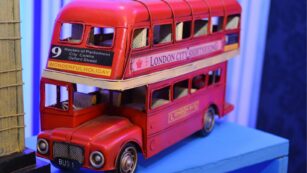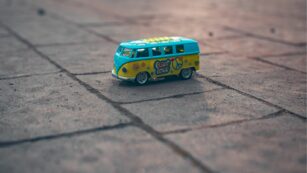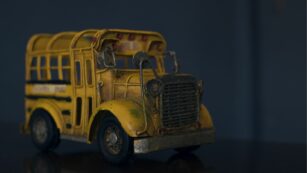
Toy:ncfopv7ecxc= Bus
Toy buses have long captured the imaginations of children and collectors alike, offering a miniature glimpse into the bustling world of  public transportation. These charming replicas not only serve as delightful playthings for kids, sparking creativity and adventure, but also as coveted items for enthusiasts who appreciate their intricate details and craftsmanship.
public transportation. These charming replicas not only serve as delightful playthings for kids, sparking creativity and adventure, but also as coveted items for enthusiasts who appreciate their intricate details and craftsmanship.
In the world of toy vehicles, the toy bus stands out for its ability to transport young minds on countless journeys, whether it’s a trip to a make-believe city or a ride through an imaginary countryside. With a variety of styles and designs, from classic school buses to modern city transit models, there’s a toy bus to suit every interest and nostalgia.
As parents and collectors explore the diverse options available, the toy bus continues to be a timeless symbol of exploration and learning, bridging generations with its simple yet profound allure.
Overview Of Toy Buses
Toy buses, cherished for decades, captivate both children and collectors. Their small-scale designs replicate iconic full-sized buses, fostering admiration for public transportation history. Manufacturers produce varied models, including school buses and city transit buses, providing options for diverse preferences.
Materials like plastic and metal ensure durability, making toy buses suitable for rough play and detailed displays. Children often view these toys as tools for creative exploration. They simulate real-world scenarios, encouraging imaginative and cognitive development.
Collectors value toy buses for craftsmanship and nostalgia. Limited edition models, produced in small quantities, often become sought-after items within collector communities. The combination of historical accuracy and intricate detailing enhances their collectible appeal.
Toy buses also play an educational role. They offer insights into design, engineering, and transportation systems, serving as learning aids. Kids absorb knowledge of routes and geographical landmarks while engaging in play, paving the way for increased awareness of urban environments.
Types Of Toy Buses
Toy buses come in various types to suit different preferences, materials, and levels of craftsmanship. Each type offers unique features that appeal to both children and collectors.
Die-cast Toy Buses
Die-cast toy buses impress with their durability and detailed craftsmanship. Manufacturers use metal alloys to create realistic replicas of iconic buses. These models often feature intricate details like opening doors and hoods. Collectors appreciate die-cast buses for their craftsmanship and historical accuracy. Children enjoy them for robust play and realistic features. Brands like Corgi and Matchbox lead the market in producing high-quality die-cast buses.
Wooden Toy Buses
Wooden toy buses appeal through simplicity and eco-friendliness. Crafted from sustainable woods, these buses are often hand-painted with bright colors. They feature smooth edges for safe play, making them ideal for young children. Wooden buses encourage imaginative play, offering a tactile experience. Brands such as Plan Toys and Melissa & Doug offer a range of wooden buses known for quality and safety standards.
Plastic Toy Buses
Plastic toy buses provide affordability and versatility. Made from durable plastics, these buses come in a variety of vibrant colors and designs. They often include interactive features like lights and sounds. Children enjoy creating intricate play scenarios with these buses due to their lightweight nature. Companies like Fisher-Price and LEGO create well-loved plastic toy buses, integrating creative elements that foster learning and play development.
Key Features To Consider
Choosing a toy bus involves looking at several critical features. Considerations regarding size, durability, and realism help in selecting the right model.
 Size and scale significantly impact the toy bus’s appeal and functionality. Models range from small 1:64 scale, suitable for young children’s playsets, to larger 1:18 scale options that attract collectors. A smaller toy bus is easier to handle, ideal for sandbox and indoor play. Larger models offer intricate details, making them perfect display pieces.
Size and scale significantly impact the toy bus’s appeal and functionality. Models range from small 1:64 scale, suitable for young children’s playsets, to larger 1:18 scale options that attract collectors. A smaller toy bus is easier to handle, ideal for sandbox and indoor play. Larger models offer intricate details, making them perfect display pieces.
Durability ensures the toy bus withstands frequent use. Metal or die-cast toys provide robust construction, ideal for rough play and long-term collection. Plastic models offer a lightweight alternative, suitable for easier handling and play by younger children. Durability is especially crucial for toys intended for outdoor adventures or featuring moving parts.
Impressive detailing elevates a toy bus from simple to collectible. Realistic models often include accurate logos, decals, and interior designs, appealing to children and collectors. Authentic replication of iconic bus features, like window layouts and wheel designs, adds to the educational value by offering historical and cultural insights into public transportation systems.
